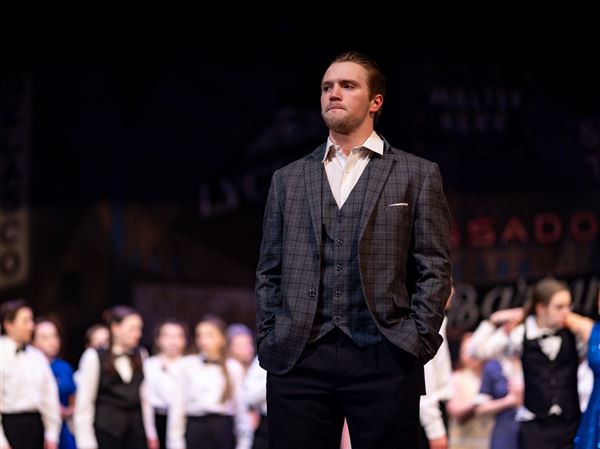While Schumann embraced the possibilities offered by the valved horn, Brahms resisted them. The disparity between those composers’ views is symbolized by two pieces: Schumann’s “Konzertstuck,” a virtuosic concerto for four horns, and Brahms’ Symphony No. 1.
In terms of the style and range of horn writing, Brahms’ symphony harks back to the natural horn — a valveless instrument that was used until the early 19th century and was significantly less versatile than the modern horn. On the other hand, Schumann’s work (completed decades earlier) aimed to exploit and explore the new instrument.
Those two pieces were performed Friday by the Pittsburgh Symphony Orchestra in a concert that featured the Heinz Hall debut of Andres Orozco-Estrada.
Where: Heinz Hall, Downtown.
When: 7:30 tonight; 2:30 p.m. Sunday.
Tickets: $25.75-$105.75; www.pittsburghsymphony.org or 412-392-4900.
Mr. Orozco-Estrada, the music director of the Houston Symphony Orchestra, led a cautious, uninteresting performance of the Brahms. While he drew out taut, elegant playing from the orchestra, the piece is such a standard of the repertoire that one assumes the musicians would have given a clean performance regardless. Not every performance of a war horse requires interpretive exploration, but this one did not even unearth the piece’s intrinsic gravitas until the final movement (much of it courtesy of the music itself).
Until then, Mr. Orozco-Estrada presented a distinctive interpretation only on the margin — occasional rubato here and there, for instance. But couldn’t the introduction have shouldered more intensity? Didn’t the whole opening movement lack the requisite angst? In the fourth movement, the triumph of the final brass chorale almost justified the lethargic pacing before it — until the tempo inexplicably picked up, in an arbitrary moment of interpretive fancy.
The performance featured guest concertmaster Nathan Olson, co-concertmaster of the Dallas Symphony Orchestra, who displayed a finessed, soprano-like tone during his second-movement solo.
The mere fact that the PSO programmed “Konzertstuck,” which concluded the first half, reflects the quality of the PSO’s French horn section. The challenging piece is rarely included on modern-day concert programs. Four of those players — William Caballero, Robert Lauver, Mark Houghton and Joseph Rounds — were featured in the performance. They showcased their technical dexterity and sensitive, legato playing across the dynamic spectrum, particularly during a beautiful second movement that overcame some unevenness in the first.
The concert opened with “The Rise of Exotic Computing,” a piece for sinfonietta and laptop written by composer-of-the-year Mason Bates. This repetitive, thin piece was commissioned by the PSO for a 2013 performance at a Strip District nightclub, and it did not translate well in the concert hall.
Elizabeth Bloom: ebloom@post-gazette.com or 412-263-1750. Twitter: @BloomPG.
First Published: March 28, 2015, 4:00 a.m.














